Some people are enthusiastic about barefoot running, because it appears to be natural. Barefoot running is something that our ancestors have done for millennia. The introduction of highly supportive and cushioned footwear significant changes the way we run. Instead of doing the hunter-gatherer style of running, we prefer a more synthetic method of running. In reality, by running barefoot, we are able to re-set our style effectively. We will use the natural way we are designed to run. It means that we need to take relatively quick and short strides with upright and relaxed body position. When we strike the ground, we use the forefoot; specifically under the hips.
By running barefoot, we are able to maximize the amount of feedback. This will allow us to optimize and adjust our running style. Our feet are incredible structures and they are able to bend, flex, produce motion and absorb shock. If give our feet constant cushioning and support; it is possible that we will weaken them. In this case, we should make sure that they can do things that they are intended to do. One big question is whether barefoot running is dangerous. Like any skill, barefoot running is something that we can learn. It is similar to many sporting activities, such as swimming. This is a healthy physical activity; but can also be life-threatening if we are not skilled enough.
In reality, barefoot or cushioned running styles have the potential to cause injuries. It takes patience and time to develop this kind of skill. If we do this correctly, we should be able to reduce associated dangers greatly. If we are concerned about barefoot running, it is a good idea to try minimalist shoes that provide only protection against hard edges; but with minimal cushioning. In this case, we will be able to strengthen muscles in our hamstrings, gluteus and lower legs. Bones and tendons in our feet will obtain bigger levels of stress. However, people who have big toe mobility, poor ankle, tight lower leg muscles and Achilles tendon problems should try to progress more slowly.
We should also ask whether barefoot running is right for us. Before we do this, we should experiment by running for a few hundred yards back and forth in front of our house. If we feel comfortable with it; it is possible that we can run longer. If we try to go further with barefoot running; we should consider things like our feet mobility level and overall strength. We also need to know about our running objectives and injury history. If we are not sure; we should check with specialists and coaches. They should be able to take us through careful assessment to know whether it is right for us. We may undergo a proper transition program, so we will be able to minimize risk injuries and train more safely. This will make us a more efficient and stronger runner. In general, we should try to make slower progress to get proper results.
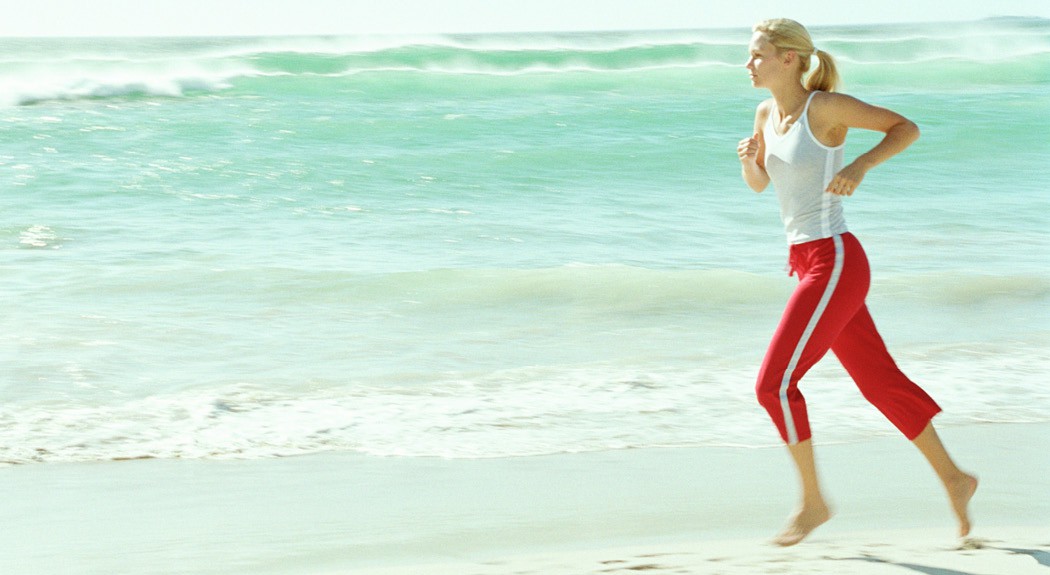





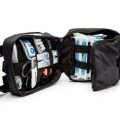











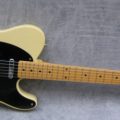


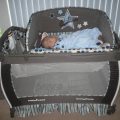





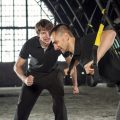

No Comments
Leave a comment Cancel